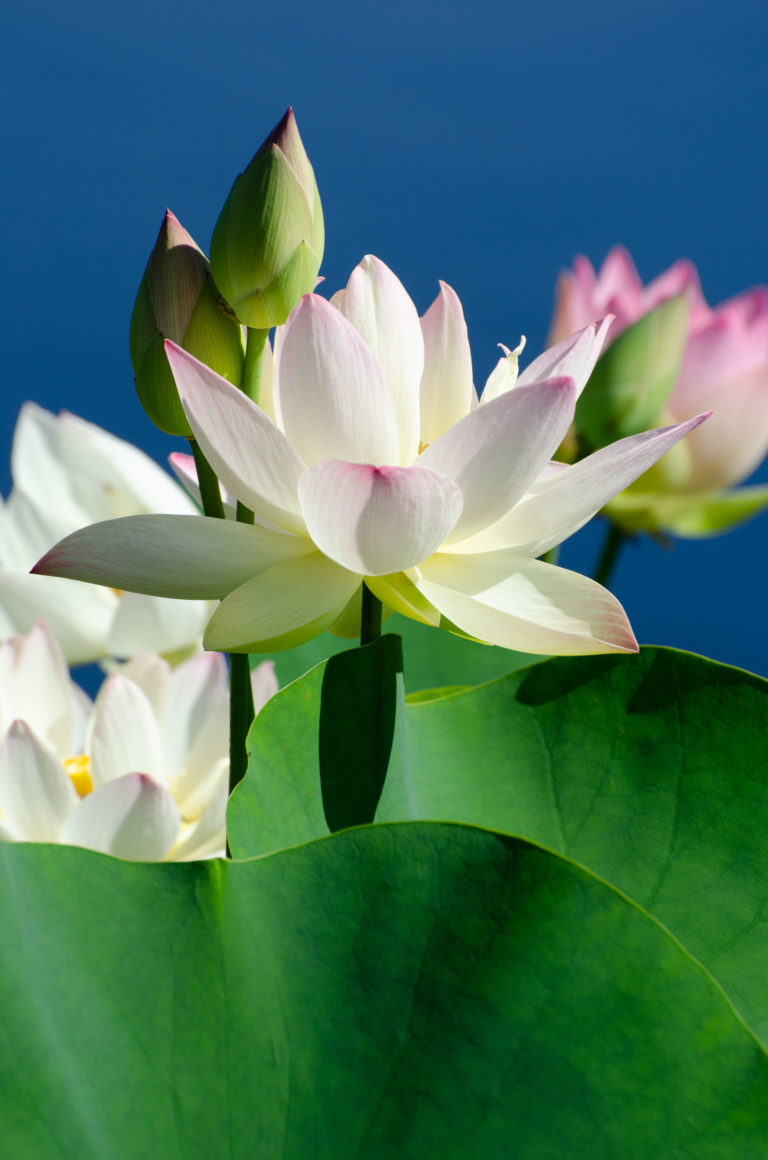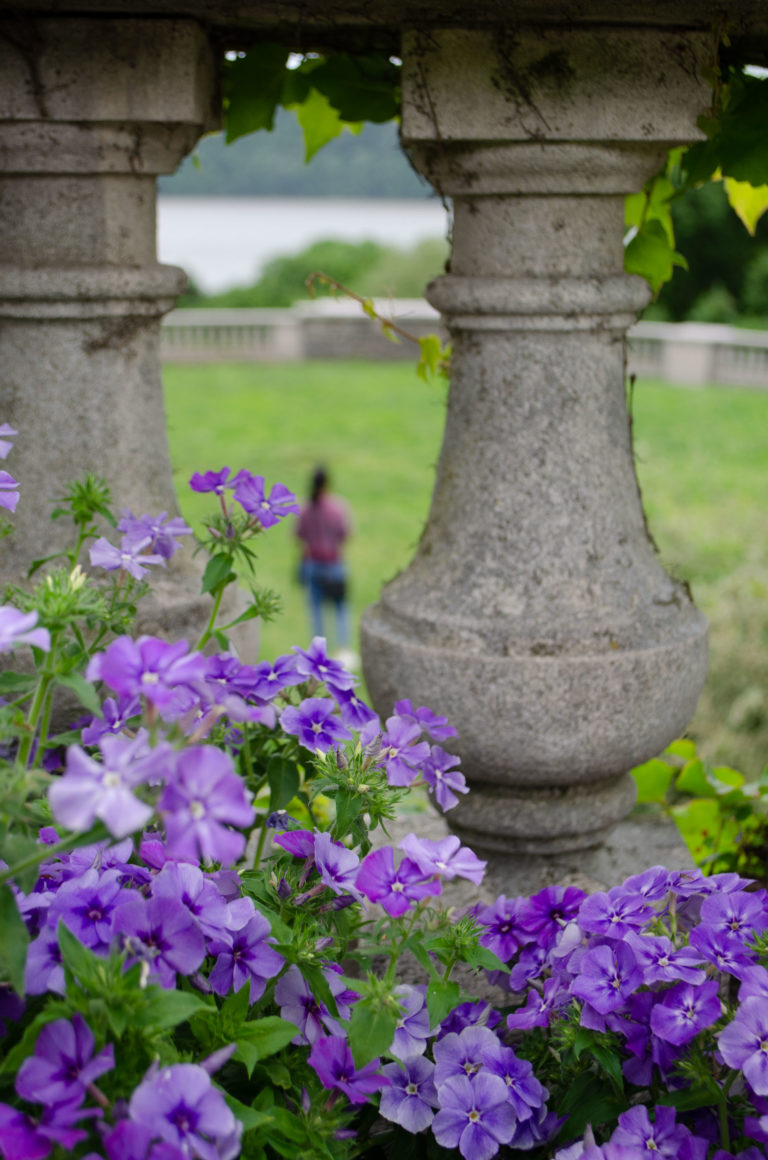
Stylophorum diphyllum (Celandine poppy)
April 25, 2019Native to much of eastern North America, the celandine poppy (Stylophorum diphyllum) is a welcome, self-seeding perennial that can light up a shady corner of the garden in spring. It can be seen in several places in the in the Herbert and Hyonja Abrons Woodland and in the Wild Garden. Look for it in the right foreground of the next photo, taken looking north. It will likely be in bloom for some weeks yet.

Although not a true poppy, it is a member of the same family (Papaveraceae), and its blooms are very poppy-like in structure, with golden-yellow petals arranged around a large cluster of stamens at the center.
The foliage is deeply lobed and covered with silvery hairs on its underside, making for an attractive ground cover, even after the flowers are finished.

A dry spell later in summer can cause the plants to die back and go dormant for the rest of the year.
There are at least two other plants that have celandine as part of their common name. Greater celandine (Chelidonium majus) is related and similar in appearance to the celandine poppy, but has smaller flowers and an invasive habit. Lesser celandine (Ficaria verna)—also known as fig buttercup—is a much smaller plant, with glossy leaves and a more star-shaped, yellow bloom. Both are native to Europe and have become problem weeds in North America.
By Charles Day, Wave Hill's Ruth Rea Howell Senior Horticultural Interpreter



